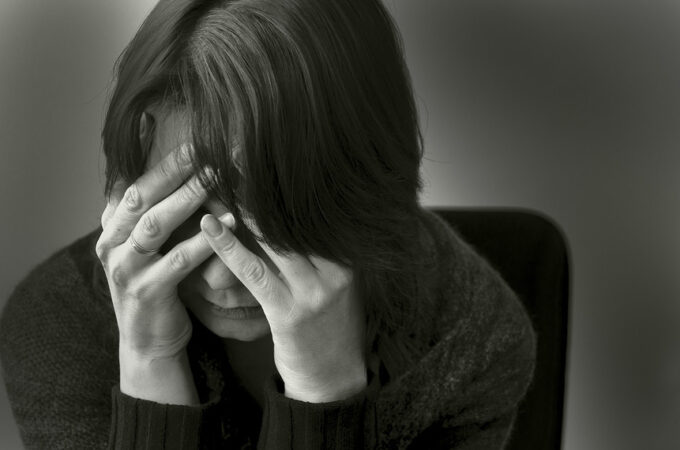
Understanding The Different Levels Of Skin Burns
You might have heard of the different degrees of skin burns. What do they mean and which of them is the worst? What can cause these skin burns and can they still be treated?
The classification depends on the depth of the injury. The skin has three layers and the classification is anchored in how much each layer is affected.
First-degree
This classification is given to burns that have affected only the outermost layer of the skin. It is called the epidermis. The skin turns red at first and it eventually swells. It might not lead to blistering though. Recovery takes about a week. It will change the tone and feel of the skin but not for long. Direct contact with a hot object could cause this problem.
Second-degree

This includes the next layer of the skin called the dermis. It is more painful than the first. The affected area becomes soft and moist. It takes an even longer time to heal, about 3-6 weeks. Second-degree burns could also lead to scarring. Scalding or hot liquid can cause this problem.
Third-degree
This type of burn damages all the layers of the skin. It can even go as deep as the muscles or the bones in some cases. This is a result of serious burns. This will surely lead to blistering and scarring. Contact with fire, electricity, and chemicals can lead to this problem. Third-degree burns can even be fatal especially if not treated immediately.
Where can this happen?

Burns can happen because of different factors. Sunburn is the most common, especially for people who are exposed to the scorching heat of the sun for too long. Burns from a laser are also possible especially for people who have gone through laser hair removal.
Burns are most common in workplaces though. Some jobs require contact with heat or being in an environment where there is a risk of getting burnt. This can be minimised if the workplace is well-maintained and inspected.
Who is at fault?
There are some instances in which the person who has suffered from the injury is at fault. In several cases, though, the employer could be at fault. Failure to provide the right training in handling the equipment, for instance, is considered as grounds for negligence. Allowing employees to use substandard equipment at work is also another possible reason.
Claiming compensation
If you have suffered burns because of your workplace or the items you use for work, you might seek compensation for burns sustained. The employer is responsible for what happened. You can make a burn injury claim so that you can use the money for medical expenses. You can also use the compensation to survive the next few months when you are unable to work. If you have lost your job as a result of the injury, this can also be factored into the amount you request for compensation.
You need a strong legal team to help you during the entire process. It might be tough going up against your employer, but if your case has merit, you deserve to win.




